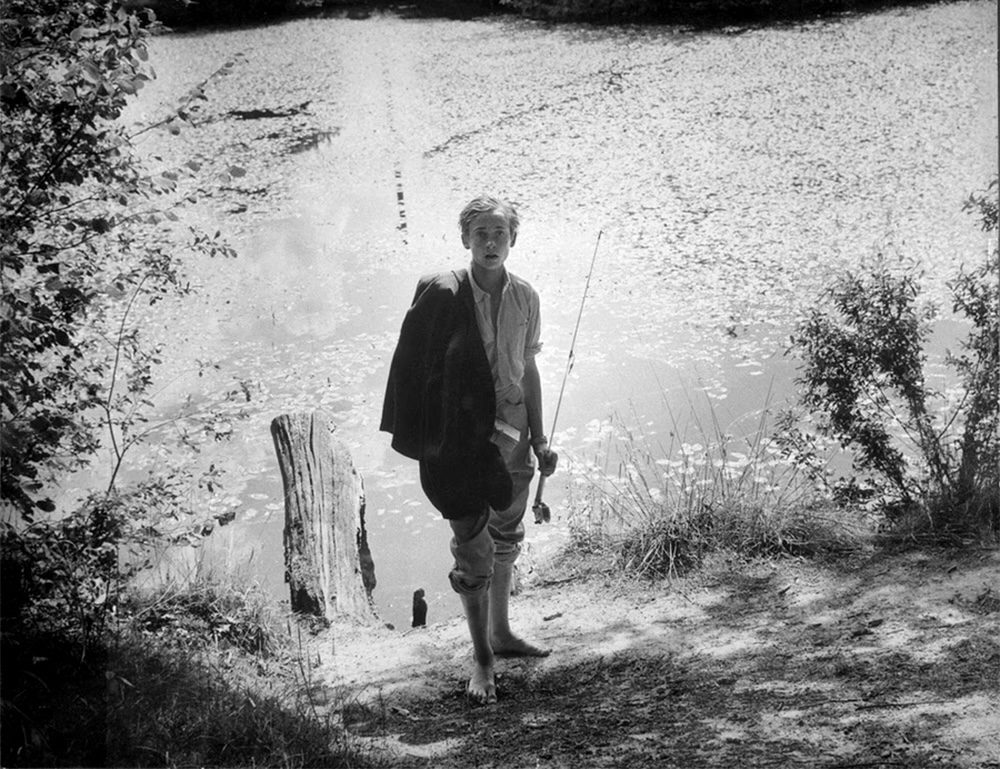Edouard Boubat
Édouard Boubat (1923–1999) was a pillar of the French humanist photography movement whose warm, lyrical images celebrated the poetry of everyday life. Born in Montboudif, France, he trained as a photoengraver before embracing a camera in the aftermath of World War II. His first major success came in 1946 with a photograph of a little girl dressed in fallen autumn leaves at Paris’s Luxembourg Gardens—an image that captured both innocence and wonder, and that set the tone for his lifelong quest to reveal beauty in the ordinary. In 1950, he joined the innovative magazine Réalités under editor Bertie Gilou, traveling the globe—Europe, Asia, Africa, and the Americas—to create sequences of loosely linked images that explored domestic rituals, rural labor, and fleeting human connections, all shot with natural light and a gentle, unobtrusive touch.
Alongside his journalistic assignments, Boubat maintained an intimate personal practice. He produced tender nudes, quiet still lifes of household objects, and candid portraits of his beloved wife and muse, Lella, crafting each frame with meticulous composition and soft tonality. His belief that “to photograph is to express gratitude” guided every assignment, whether he was documenting Sicilian fishermen at dawn or children at play in Tokyo backstreets. Poet Jacques Prévert dubbed him a “peace photographer,” a fitting tribute to Boubat’s empathy and humanism. Over a career spanning five decades, his work was exhibited internationally—in Paris’s Maison Européenne de la Photographie, New York’s International Center of Photography, and beyond—and entered major collections worldwide, leaving a rich legacy that continues to inspire photographers to seek poetry in the everyday.
Photography & Works
-

Edouard Boubat
Bernard, Paris Add to cart -

Edouard Boubat
Hommage au Douanier Rousseau, Paris Add to cart -

Edouard Boubat
Indian Hindu woman carrying pot Add to cart -

Edouard Boubat
Indian Mother and Child, Madras Add to cart -

Edouard Boubat
La Bastille Add to cart -

Edouard Boubat
Lella de face sur un bateau, Bretagne, France Add to cart -

Edouard Boubat
Les amoureux de Paris V Add to cart -

Edouard Boubat
Manege sous la pluie, Montmartre Add to cart -

Edouard Boubat
Parc de Saint Cloud Add to cart




